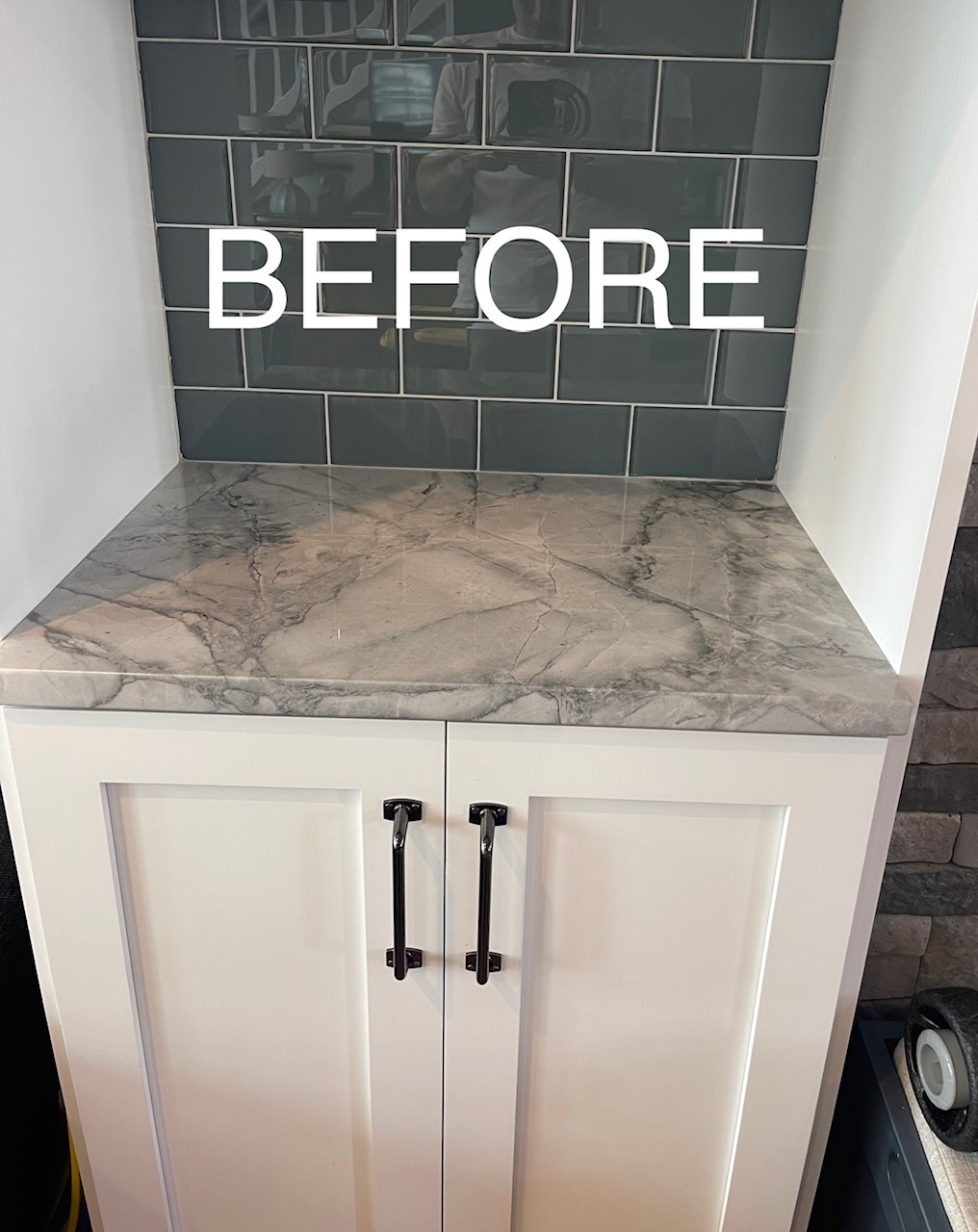Timeless Techniques: Cultural Methods for Rock Conservation

Reviving stone surfaces is both an art as well as the discipline, blending traditional techniques and contemporary practices to infuse fresh life into historic elements. Whether you are working on a weathered stone facade of an old structure or wanting to refresh a cherished landscape walkway, understanding the heritage techniques of rock restoration can significantly impact the outcome. Such timeless methods have been passed along over generations, emphasizing the importance of skill and respect for the materials used.

In this ultimate guide to rock restoration, we will examine ways to approach your project with care and expertise. Starting with identifying the appropriate refurbishment techniques to being aware of when it’s time to call in professionals, we aim to provide guidance that can help you avoid common pitfalls. Join us as we delve into the world of stone restoration, exploring essential tips, effective upkeep strategies, and how these practices contribute to protecting our architectural heritage.
Typical Mistakes in Rock Restoration
One of the most common mistakes in stone restoration is applying the wrong cleaning techniques. Many homeowners may opt for strong chemicals or coarse tools, assuming they will efficiently remove grime and marks. However, these techniques can cause irreversible harm to the rock, eroding its natural aesthetic and structure. It is crucial to use pH-neutral cleaning solutions specifically formulated for stone surfaces and to apply gentle scrubbing methods to prevent marking the surface.
Another frequent error occurs when homeowners try to perform do-it-yourself refurbishment without adequate understanding or training. While the online resources provides a wealth of information, not all sources are trustworthy. Trying sophisticated methods, such as renewing or repairing major gaps without specialized help, can lead to more serious harm and greater costs down the road. Getting expert advice or engaging a trained expert can ensure that the refurbishment is done correctly and effectively.
Finally, neglecting proper upkeep after restoration is a serious mistake that many commit. Once rock materials are restored, they require ongoing care to maintain their look and durability. Neglecting to use appropriate coatings or not keeping regular upkeep routines can lead to deterioration and the requirement for further repairs sooner than expected. Establishing a consistent upkeep plan is important to enhance the life and aesthetic of refurbished stone surfaces.
Top Materials for Rehabilitating Old Homes
When it comes to rehabilitating historic homes, selecting the right elements is vital to sustaining authenticity and longevity. Organic stone is often the favored choice for its enduring appeal and stability. Materials such as limestone, limestone, and sandstone not only blend well with the historical context but also provide durability when properly cared for. These stones have withstood the test of time and can tolerate varying weather conditions, making them perfect for restoration projects.
In addition to stone, the use of classical mortar is crucial for repairing and repointing masonry work. Calcium mortar, in particularity, is preferred in many heritage restorations because it enables movement and breathability, helping to prevent water damage within the structure. Its compatibility with older building techniques ensures that restorations preserve the building’s original character while ensuring stability.
Finally, adding reclaimed materials is a common practice that adds authenticity to rehabilitation projects. Whether it's repurposed bricks, timber, or metal fixtures, these elements not only provide a distinct visual appeal but also promote sustainability. Using reclaimed materials aids environmental conservation while preserving the cultural significance of the home, creating a smooth link to the past.
Homeowner's vs. Trained Stone Restoration
When considering stone restoration, many homeowners face the challenge of whether to approach the project on their own or engage a professional. DIY restoration can be attractive due to possible cost savings and the feeling of personal fulfillment. Get more info , including web-based tutorials and local workshops, provide assistance on basic techniques, from washing to small repairs. However, it's essential to recognize that stone restoration often requires a nuanced understanding of the material, including the proper tools and products that are suitable for specific stone types.
On the other hand, trained stone restoration services bring knowledge and experience to the process. Skilled restorers understand the details of different stone materials and have the ability to use advanced tools and techniques that can achieve superior results. They can assess the condition of the stone and identify hidden issues that a DIY approach might overlook. Additionally, professionals are familiar with historical restoration practices, which can be vital for preserving the quality of antique or historic stones.
Ultimately, the decision between DIY and professional restoration depends on several factors, including the extent of damage, the specific requirements of the stone surface, and the homeowner's skill level. While a few small projects might be feasible for a enthusiastic DIY hobbyist, significant restoration work often benefits from the attention to detail and knowledge of trained experts. Balancing cost, quality, and personal capability will guide homeowners in making the best choice for their stone restoration needs.
